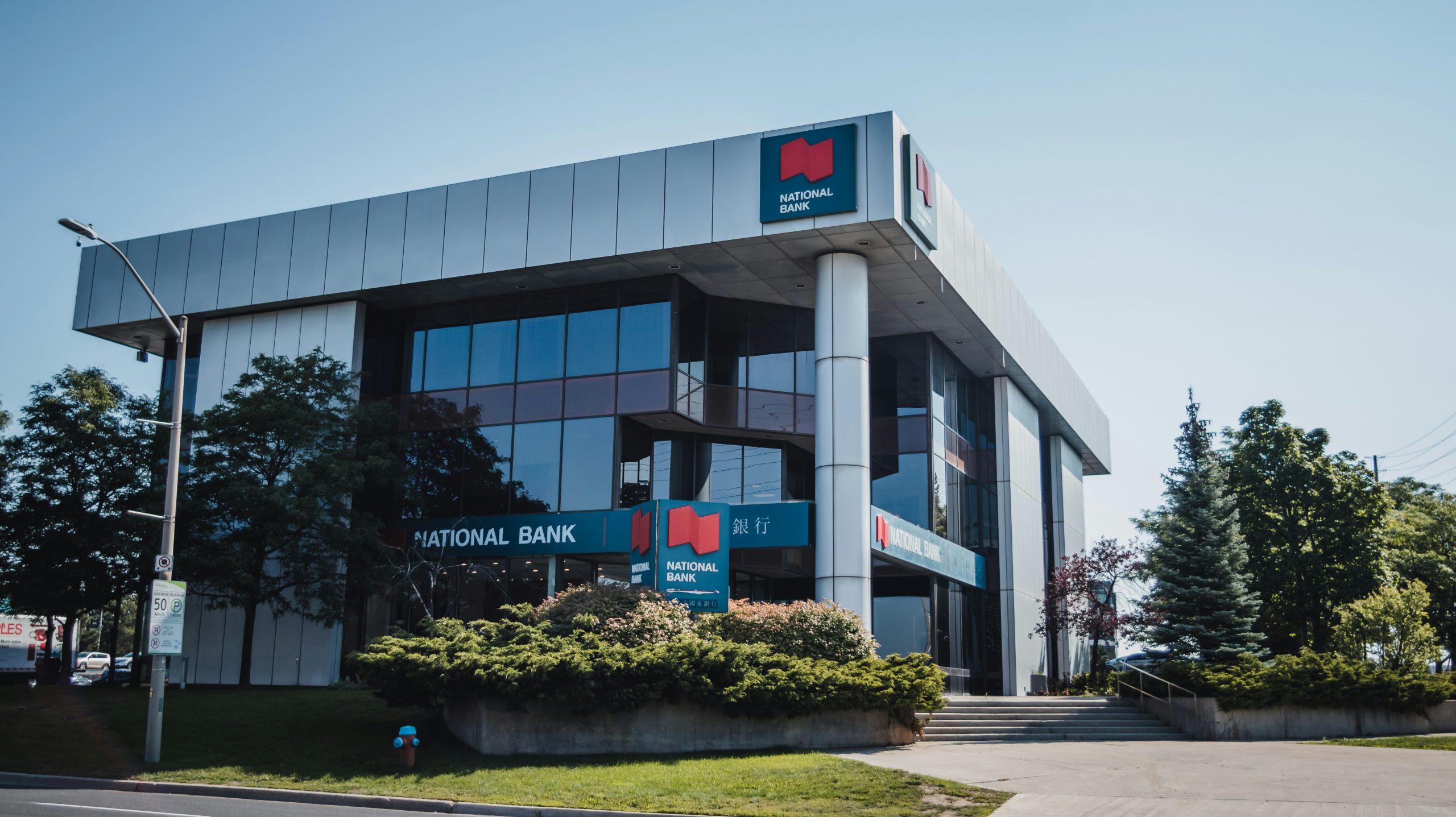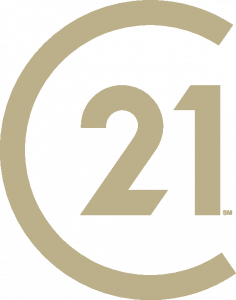Hello, wonderful homebuyers and homeowners!
Navigating the world of home financing can be daunting, especially with the myriad of options available today. While traditional mortgages are the most common route, they aren’t the only path to homeownership. Non-traditional lending mortgages and alternative financing options can offer flexible solutions for those with unique financial situations. As your friendly neighborhood real estate team, we’re here to guide you through these alternative avenues to help you find the best fit for your home financing needs in Canada.
Understanding Non-Traditional Lending Mortgages
Non-traditional lending refers to mortgage options outside of the conventional loans provided by major banks and credit unions. These alternatives can be particularly useful for individuals who may not qualify for traditional loans due to factors like credit history, employment status, or income type.
-
B-Lender Mortgages
B-lenders, also known as alternative lenders, are financial institutions that provide mortgage solutions for those who don’t meet the stringent criteria of traditional banks. They are more flexible with their lending requirements, making them a viable option for many.
Pros:
- More lenient credit score requirements
- Flexible income verification methods
- Willing to work with self-employed individuals or those with non-traditional income sources
Cons:
- Higher interest rates compared to A-lenders
- Higher fees and potential prepayment penalties
-
Private Mortgages
Private mortgages are offered by private individuals or companies, and they provide another alternative for those unable to secure traditional financing. These loans are often short-term solutions.
Pros:
- Quick approval process
- Flexible terms and conditions
- Useful for short-term financing needs or bridge loans
Cons:
- Higher interest rates
- Shorter loan terms
- Higher risk for the borrower
-
Credit Unions
Credit unions are member-owned financial cooperatives that often provide more personalized service and flexible lending options compared to traditional banks.
Pros:
- Competitive interest rates
- More flexible lending criteria
- Profits returned to members through lower fees and better rates
Cons:
- Membership required
- May have limited branch and ATM access compared to major banks
-
Rent-to-Own Programs
Rent-to-own programs allow potential homebuyers to rent a property with the option to purchase it after a certain period. A portion of the rent paid goes toward the down payment.
Pros:
- Opportunity to build up a down payment over time
- Flexibility for those who can’t qualify for a mortgage immediately
- Test living in the home before committing to purchase
Cons:
- Higher rent payments
- Risk of not qualifying for a mortgage at the end of the lease period
- Potential for disputes with the landlord/seller
Exploring Alternative Financing Options
Beyond non-traditional mortgages, there are alternative financing options that can be beneficial for specific circumstances. These options can provide flexibility and accessibility when traditional loans might not be feasible.
-
Seller Financing
In seller financing, the seller acts as the lender, allowing the buyer to make payments directly to them over time. This arrangement can be particularly useful if traditional financing is difficult to obtain.
Pros:
- Flexible terms and conditions
- Faster closing process
- Potentially lower closing costs
Cons:
- Higher interest rates
- Limited availability (not all sellers are open to this arrangement)
- Risk of balloon payments
-
Borrowing from RRSP
In Canada, the Home Buyers’ Plan (HBP) allows first-time homebuyers to withdraw up to $35,000 from their Registered Retirement Savings Plan (RRSP) to buy or build a qualifying home.
Pros:
- Interest-free loan from yourself
- No tax penalties if repaid within 15 years
- Can be combined with your spouse’s HBP for a total of $70,000
Cons:
- Must repay the withdrawn amount within 15 years
- Potential impact on retirement savings
- Limited to first-time homebuyers or those who haven’t owned a home in the past four years
-
Co-ownership or Shared Equity Agreements
Co-ownership involves purchasing a property with one or more parties, sharing the ownership, and splitting the costs and responsibilities. Shared equity agreements typically involve a government or organization assisting with the down payment in exchange for a share in the property’s equity.
Pros:
- Lower individual financial burden
- Increased purchasing power
- Shared maintenance and upkeep responsibilities
Cons:
- Potential for conflicts between co-owners
- Legal agreements required to outline terms
- Shared decision-making can be challenging
-
Microlending and Peer-to-Peer Lending
Microlending and peer-to-peer (P2P) lending platforms connect borrowers directly with individual lenders or small institutions, often offering more flexible terms than traditional banks.
Pros:
- Flexible lending criteria
- Potentially lower interest rates
- Directly supporting other individuals or small investors
Cons:
- Higher risk for borrowers and lenders
- May have lower loan limits
- Less regulated than traditional financial institutions
Exploring non-traditional lending mortgages and alternative financing options can open up new possibilities for homeownership. Whether you’re self-employed, have a unique financial situation, or are looking for flexible terms, there are options available to suit your needs. As your local real estate team, we’re here to help you navigate these alternatives and find the best solution for your home financing journey in Canada.
If you have any questions or need assistance in finding the right mortgage or financing option, don’t hesitate to reach out. Together, we can make your homeownership dreams a reality.
Happy house hunting from your dedicated real estate team!

 Facebook
Facebook
 X
X
 Pinterest
Pinterest
 Copy Link
Copy Link



